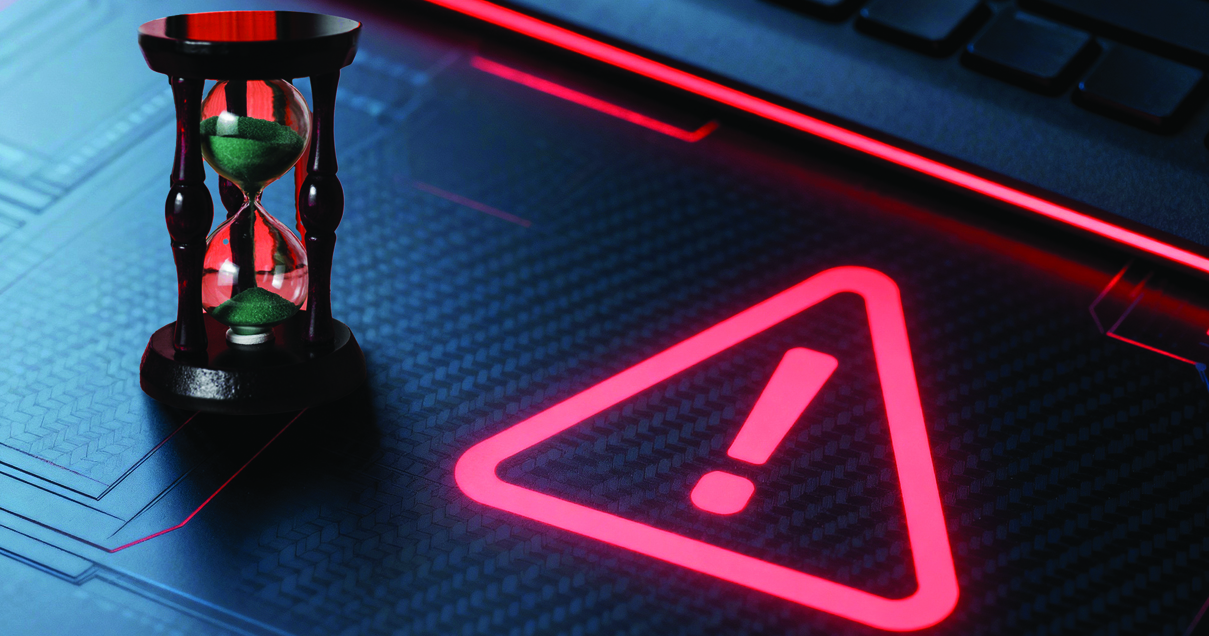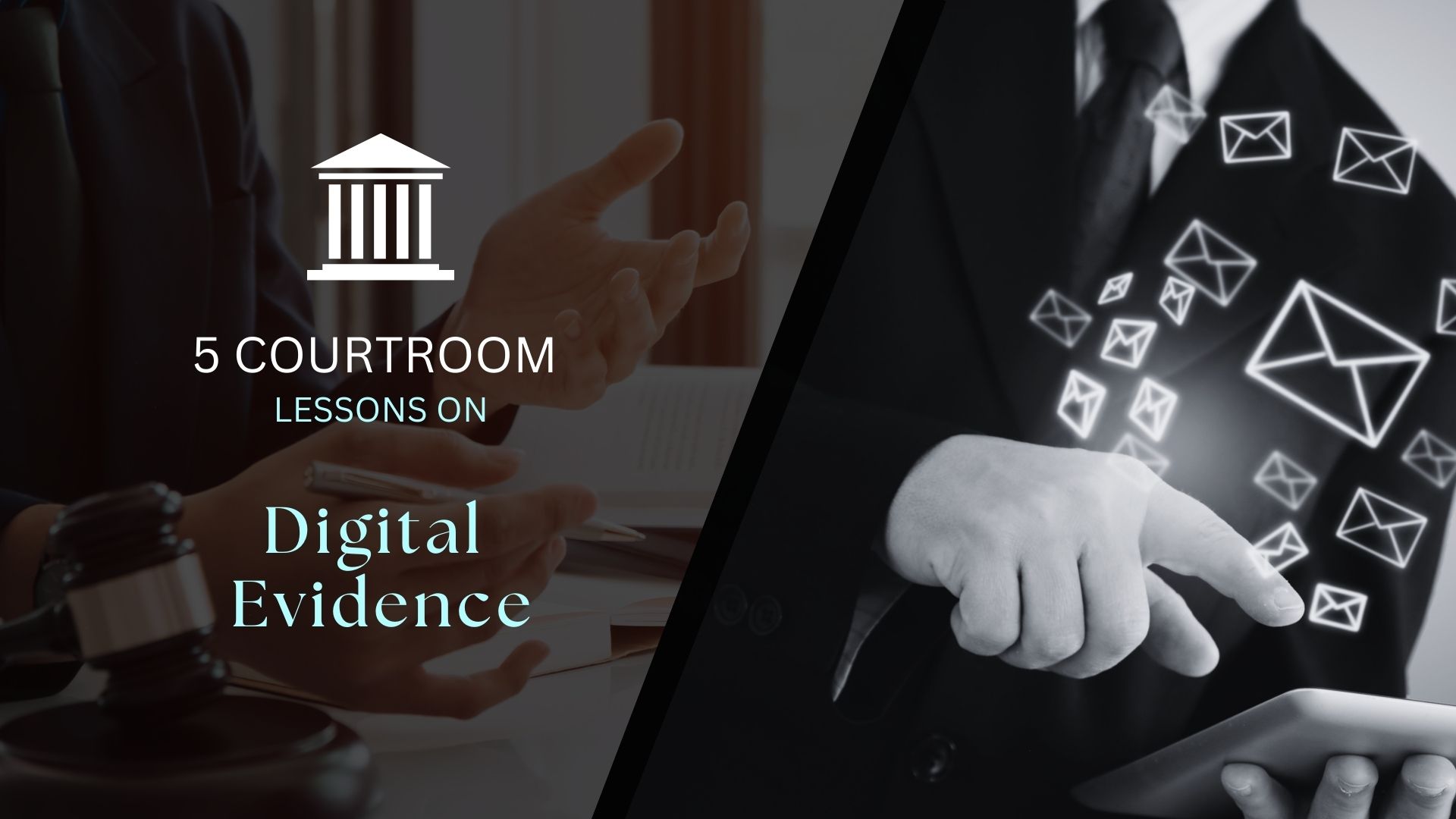- Company
- Solutions
- Industries
Industries We Serve
Get in touch with experts!
Let’s Talk Let’s Talk - Special Links
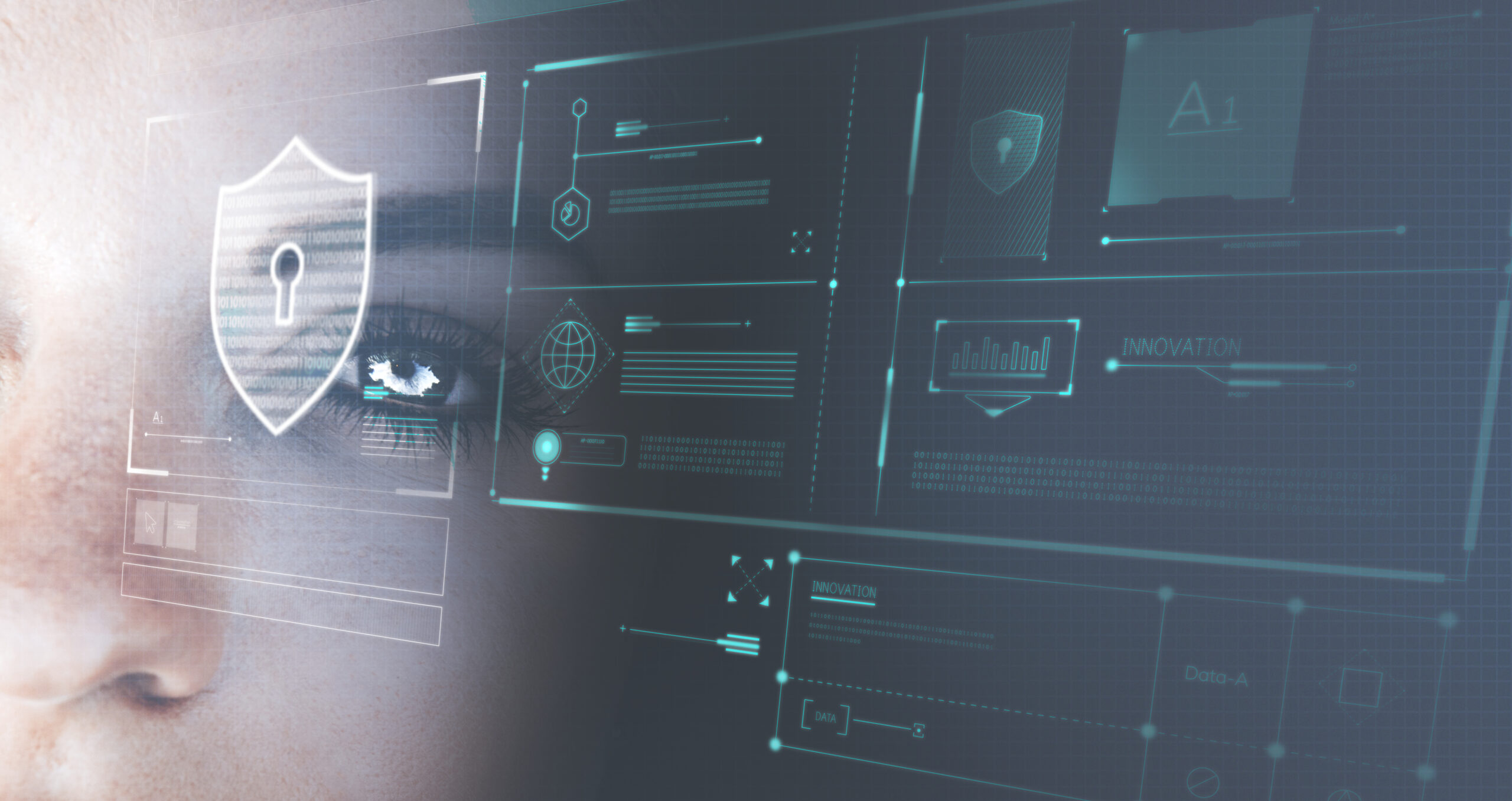
Global numbers show the urgency. And with this surge, law firms must not only understand how to argue cyber matters in court but also how digital evidence is collected, preserved, and presented.
But What Counts as Digital Evidence?
In cyber litigation, digital evidence covers far more than just a suspicious email. It includes:
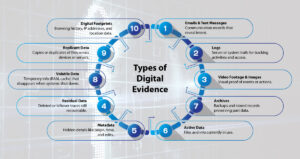
The Role of Digital Forensics in Cyber Litigation
Digital forensics is the science of recovering, preserving, and analyzing digital evidence. Digital forensics has an incredibly valuable role in cyber litigation:
- Recovering evidence: With the right tools and expertise, evidence can often be recovered (even deleted or encrypted).
- Data Preservation: Maintaining integrity and demonstrating that evidence remains unchanged is critical for admissibility.
- Analysis and Interpretation: Informally representing raw data into useful, relevant information to be applied in legal proceedings.
For legal service providers, partnering with specialized digital forensics experts can enhance the quality of evidence presented in court.
The Process of Collecting Digital Evidence
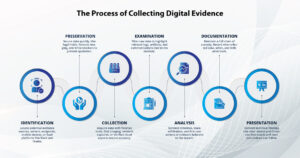
1. Identification
The initial phase involves identifying the scope of potentially relevant evidence. Identification involves locating endpoint devices, servers, databases, cloud accounts, and mobile devices that may be relevant. In a more advanced scoping exercise, we also include Software as a Service (SaaS) platforms, such as Slack, Teams, Zoom, etc., which are rapidly becoming focal points in litigation.
2. Preservation
Evidence is potentially very ephemeral; overwritten, deleted, or modified evidence is often altered within hours of the incident. Preservation puts the evidence beyond the risk of spoliation. Preservation is designed to ensure that the evidence’s legal defensibility. Techniques include:
- Imaging drives for exact bit-level copies.
- Placing legal holds on cloud data.
- Using write-blockers to prevent alterations.
- This step protects against spoliation claims.
3. Collection
This step is the controlled acquisition of data via forensic-grade tools. Collection is not the same as “copy-paste”. A collection done incorrectly has the potential to corrupt metadata. If you do it right, it will create a verifiable snapshot. Methods include:
- Disk Imaging – creating forensic images of hard drives.
- Network Capture – recording live network traffic during or after an intrusion.
- Cloud Forensics Tools – APIs to export data directly while preserving logs and timestamps.
4. Examination
The collected data is processed to remove irrelevant material and isolate useful logs, communications, and artifacts. For example, examining firewall logs along with the endpoint login attempts helps to establish or disprove unauthorized access.
5. Analysis
This is where the raw bytes become arguments. For example:
- Establishing unauthorized insider access through timestamped logins.
- Mapping data exfiltration routes through correlated IP addresses.
- Stating malware persistence methods on systems.
6. Documentation
Every action needs to be documented in order to preserve the chain of custody of the evidence. You must document when the evidence was collected, by whom, with what tools, and in what method it has been maintained. The courts want this level of detail.
7. Presentation
Eventually, the evidence is prepared for the court. Commonly, the mistake is presenting too technical data with no context. Logs need to be converted into visual timelines, diagrams, or summaries that judges and juries can digest.
Also read: How Legal Support Teams Make Data Protection Policies Stronger Than IT Alone
Challenges in Digital Evidence Handling
Even with process discipline, cyber litigation introduces complexities that firms must anticipate:
- Cross-Border Evidence: GDPR in the EU restricts how data can leave European servers, while U.S. rules often demand faster disclosure. Navigating these contradictions is a strategic challenge.
- Encrypted and Obfuscated Data: Attackers often encrypt stolen data. Forensic experts may need to use cyber forensic investigation tools or decryption methods, but courts must weigh the legality of brute-force approaches.
- Log Correlation at Scale: Enterprises produce millions of log entries per day. AI-assisted filtering and electronic discovery tools are increasingly used to find the “needle in the haystack.”
- Cloud-Specific Issues: Unlike physical servers, cloud data can be “sharded” across multiple jurisdictions. This complicates both preservation and admissibility.
Best Practices for Managing Digital Evidence
To effectively manage digital evidence, law firms should consider the following best practices:
- Early Engagement with Digital Forensics Experts: Involving experts at the outset can aid in the swift and proper handling of evidence.
- Comprehensive Documentation: Maintaining detailed records of evidence collection and handling processes.
- Regular Training: Keeping abreast of the latest developments in digital forensics and legal standards.
- Collaborative Approach: Working closely with digital forensics teams to ensure a cohesive strategy.
Implementing these practices can significantly enhance the effectiveness of legal proceedings involving digital evidence.
Conclusion
Once a breach occurs, it is merely a matter of following the trail of brittle digital evidence to the courtroom. Collection or preservation mistakes can often mean cases and credibility lost. Law firms and legal service providers don’t have to be experts with every forensic tool, but they do need to understand the process, the potential pitfalls, and how to work most effectively with experts.
It is the story that wins or loses modern cyber litigation if treated firmly, because digital evidence is not just technical data.

